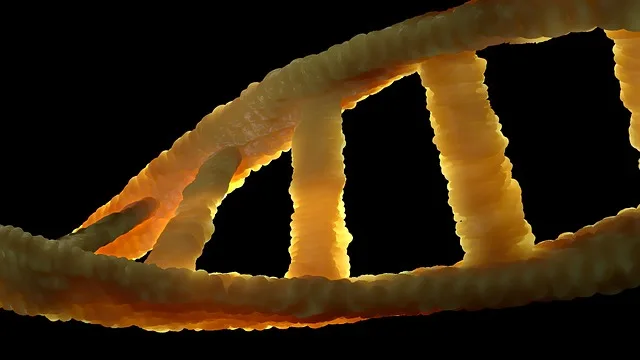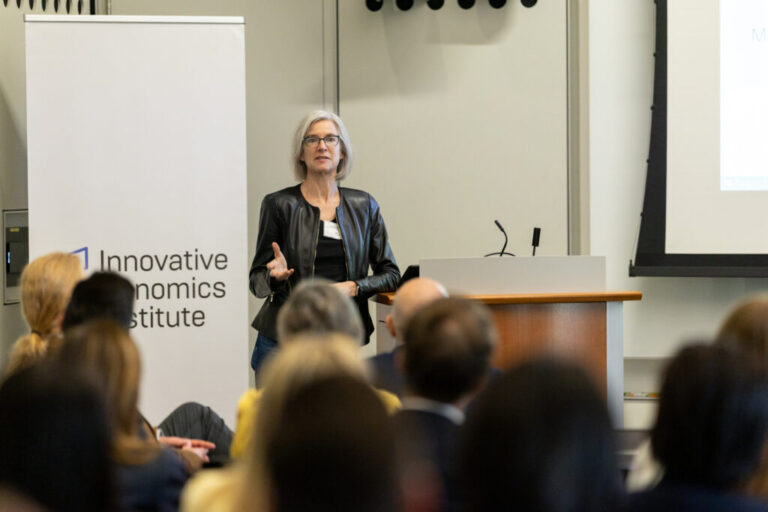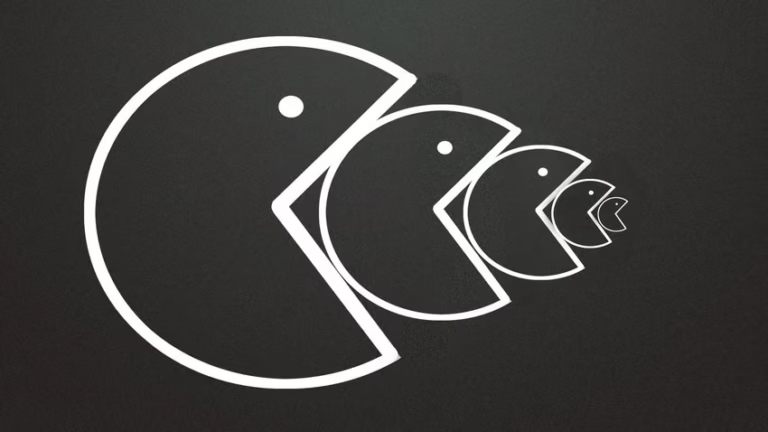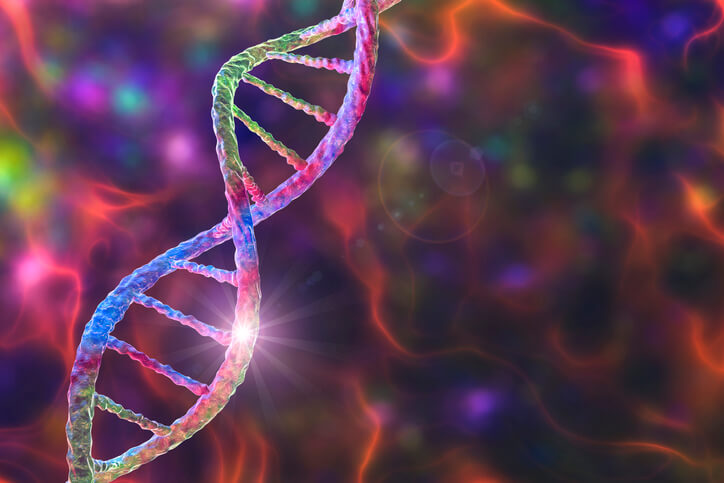
Bond villain DNA
A group of researchers have found the pieces of DNA that help cancer to spread hence called to be ‘Bond Villain’. This segment of genetic material known as Extrachromosomal DNA or ecDNA was found by scientists, working on a project named the Cancer Grand Challenges, which is supported by Cancer Research in the United Kingdom and the United States National Cancer Institute. The team includes chemists, biologists, geneticists, mathematicians, and immunologists situated in London and California and some other centers as well.
Scientists have also said that this ecDNA helps tumor cells to generate resistance against anti-cancer drugs and medications. Hence, the discovery of the ecDNA is revolutionary and it might help treat patients suffering from deadly cancer types.
Professor Paul Mischel of California’s Stanford University called the discovery of how these microscopic agents behave inside the human body a “game changer”. He also said that ecDNA is responsible for a “large number of the more advanced, most serious cancers” that people are suffering from today, and if
they can “block their activities; we can block the spread of these cancers.” Eventually, this small bit of genetic information qualifies cancer cells to develop the resistance against the pre-existing cancer treatments.
Mechanism of Bond villain DNA
The researchers also found that the ecDNA is also able to acts as cancer causing genes and somehow they are able to separate themselves from the persons original set of chromosomes and “have started to behave in ways that circumvent the normal rules of genetics” said Stanford University geneticist Howard Chang. He added, “They behave like villains in a Bond film. At first, in a film, you see different explosions, killings and disasters occurring and you don’t know why they are happening or who is responsible. Then, at some point, you finally meet the villain who is revealed to be the agent of all this mayhem.”
Oncogenes plays crucial role in converting normal cells to cancer cells. The oncogenes can be targeted by multiple drugs and therapies and it is ecDNA which provides resistance to these therapies which allows cancer to come back even more aggressively. The scientists have also found that in some of the aggressive cancer this ecDNA only acts as an oncogenes.
Professor Mischel added, “The vulnerable gene had quickly disappeared when threatened by cancer drugs and was hidden in ecDNA. Then it reappeared once it was safe for it to start causing damage again”. Hence the researchers are now searching for the weak point of ecDNA (Bond villain DNA) and discovered a protein that helps to hold it together. The team of scientists has reported that they found an effective drug which gives promising results on identified protein. After multiple trial and error methods the scientists are sure that they will find a best way to tackle functioning of ecDNA.






